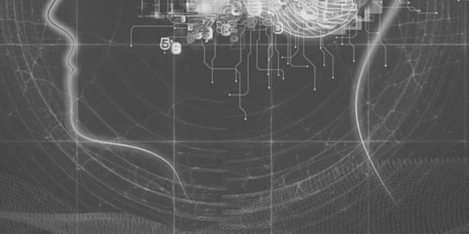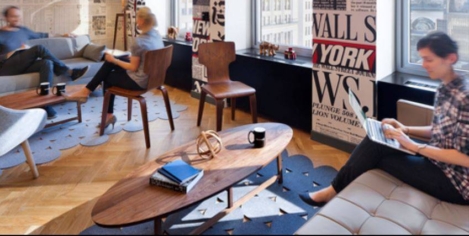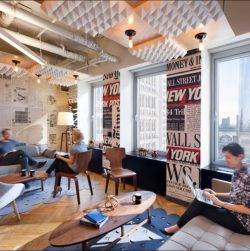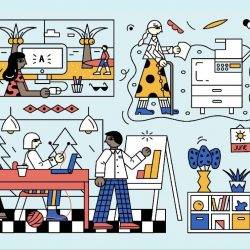January 10, 2019
Essay collection challenges the cliches about the future of work
 The RSA Future Work Centre has published a new essay collection which it claims presents fresh perspectives on the future of work. The report claims that there are four basic problems with the mainstream narrative about work: that there is a fixation with certain technologies, especially artificial intelligence and robotics; that this in turn leads to a distorted perception of the effects of technology; that this analysis ignores reality in favour of potential; and that technological change does not take place in a vacuum and has a number of knock-on effects that aren’t always considered. Worth noting that the authors of the essays are predominantly academic and the report focuses almost exclusively on the effects of technology.
The RSA Future Work Centre has published a new essay collection which it claims presents fresh perspectives on the future of work. The report claims that there are four basic problems with the mainstream narrative about work: that there is a fixation with certain technologies, especially artificial intelligence and robotics; that this in turn leads to a distorted perception of the effects of technology; that this analysis ignores reality in favour of potential; and that technological change does not take place in a vacuum and has a number of knock-on effects that aren’t always considered. Worth noting that the authors of the essays are predominantly academic and the report focuses almost exclusively on the effects of technology.
















 Huge numbers of employees have or have had access to mission critical company systems which should be reserved only for staff that require it, claims a new study by CyberArk. Specifically, it found that almost half (48 percent) of employees have or have had access to sensitive financial documents; 46 percent to confidential HR information; nearly a third (29 percent) have or have had direct access to company bank account and over a third (37 percent) access to research and development plans or blueprints for new products/services. Credential theft remains the most common and effective route to a successful cyber-attack.
Huge numbers of employees have or have had access to mission critical company systems which should be reserved only for staff that require it, claims a new study by CyberArk. Specifically, it found that almost half (48 percent) of employees have or have had access to sensitive financial documents; 46 percent to confidential HR information; nearly a third (29 percent) have or have had direct access to company bank account and over a third (37 percent) access to research and development plans or blueprints for new products/services. Credential theft remains the most common and effective route to a successful cyber-attack.






 Technology is in the process of transforming almost every aspect of society, with change happening at an “accelerating rate,” and this is being made possible due of simultaneous rapid advances in several key areas of technology. This is according to a new White Paper on
Technology is in the process of transforming almost every aspect of society, with change happening at an “accelerating rate,” and this is being made possible due of simultaneous rapid advances in several key areas of technology. This is according to a new White Paper on 














January 9, 2019
Digital transformation and an uncharted future for workplace design in 2019
by Cherie Johnson and Julie Yonehara • Comment, Technology, Workplace design